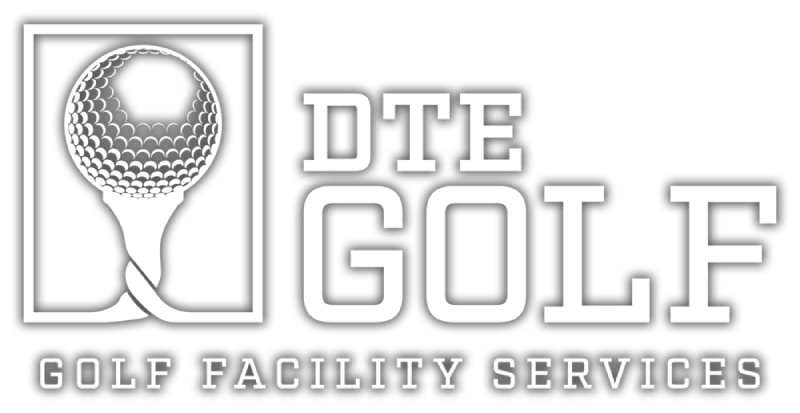Weeds as a Pest in Golf Courses
A weed is any plant out of position or growing where it is unwanted. For instance, bahiagrass is regarded as a weed when maturing in a pure stand of bermudagrass, however, it is greatly useful when growing in a monoculture like a golf course. Besides being unattractive, weeds compete with turfgrasses for soil nutrients, light, physical space, and soil moisture. Weeds also encourage other pests like nematodes, plant pathogens, and insects. Some weeds can be responsible for allergic reactions in people.
Knowing Weeds
The most unwanted characteristic of weeds in turf is the disturbance of visual turf evenness that happens when weeds with a different leaf shape or width, colors, or growth habits are present.
Broadleaf weeds like spotted spurge, dollarweed, and yellow woodsorrel have leaves with a different shape and size than the favored turf species. Goosegrass, smutgrass, thin paspalum, and vaseygrass grow in patches or clumps that also disturb turf uniformity. Additionally, big clusters are challenging to mow efficiently and increase maintenance issues. The lighter-green color generally associated with some weeds, like annual bluegrass, in a golf course usually diverts attention from the playing surface.
Controlling weed for turf managers can be a demanding chore for many reasons. Florida experiences few freezes with a very mild climate. Therefore, many weeds generally thought of as annuals usually behave as short-lived perennials, especially in the south and central regions of the state. For example, year-round weed pressure can happen in Florida from annuals like goosegrass and crabgrass, which in most areas of the country are led to death by freezing temperatures. Florida’s mild climate is also ideal for the growth of numerous tropical and subtropical weeds that are not seen in other parts of the country.
Weed Management
Weed management is a combined process where good cultural practices are employed to promote favored turfgrass ground cover, and where herbicides are cleverly chosen and wisely used.
An effective weed management program involves:
Preventing weeds from invading an area
Using appropriate cultural and turfgrass management practices to encourage competitive, vigorous turf
Appropriately identifying weeds
Appropriately choosing and using the proper herbicide, if necessary
Weed invasion usually happens in weakened turf. The main reasons for weed invasion are lowered turfgrass quality and density. Bare areas or weakened turf results from:
The choice of turf cultivars or species is not adapted to the general environmental conditions
Destruction from turfgrass pests like insects, diseases, animals, and nematodes
Environmental stresses like drought, shade, cold, and heat
Inappropriate turf management practices, like the misuse of chemicals and fertilizer, inappropriate mowing frequency or mowing height, and inappropriate soil aeration
Compaction and physical damage from excessive traffic
Unless the factors that are responsible for the turf decline are controlled, continued issues with weed invasion can be anticipated. Proper weed identification is important for effective control and management. For their geographic area, turf managers must be able to correctly identify at the minimum the most common species. As weeds usually indicate drainage, fertilizer, traffic, or irrigation issues, the right weed identification can help turf managers to find the root causes of some infestations and correct them. For instance, goosegrass shows compacted soil, nutsedge indicates drainage issues, and red sorrel shows low pH.
Weeds finish their life cycles in either a single growing season (annuals), biennials (those that have two growing seasons), or perennials that take three or more years. Annuals that finish their life cycles starting from spring to fall are known as summer annuals. And winter annuals are those that finish their life cycles from fall to spring.
In the past, appropriate weed identification was hard because of the lack of proper guidance. Most guides visualized weeds in not mowed conditions or did not list all the crucial turf weeds. Recently there are numerous reference books available that offer color photographs and detailed descriptions of common weeds found in golf courses.
Maintain Your Golf Courses With Us
Contact DTE Golf® today to hire professionals to provide you with the best golf course management services all year round.
